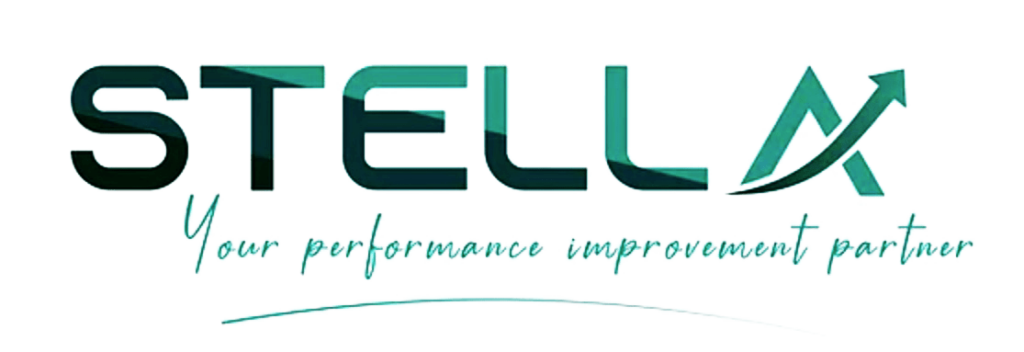When it comes time to write an employee performance review, many managers find themselves at a loss for words. After all, how do you sum up someone’s work over the course of months or even years in just a few paragraphs?
In this blog post, we’ll discuss the different types of performance reviews, and then share with you our top tips for writing employee performance reviews that are both informative and engaging. So whether you’re a first-time manager or a seasoned pro, read on to learn how to write an employee performance review that will get the job done.
Types of Performance reviews:
First things first, what are the different types of performance reviews?
One of the first steps in writing an effective employee performance review is to choose the right type of review for your organization.
Performance reviews come in many different forms, but some of the most common types include:
1. 360-degree feedback:
This type of review allows employees to receive feedback from coworkers, subordinates, and supervisors alike. It can be used to measure a wide range of skills, from communication and collaboration to leadership and problem-solving.
2. Manager reviews:
This type of review is typically conducted by managers or supervisors, who give feedback about an employee’s performance based on their own observations.
3. Self-assessments:
This type of review allows employees to assess their own performance against a set of criteria. It can be used to track progress and development over time, as well as identify areas for improvement.
4. Customer feedback:
This type of review allows customers or clients to provide direct feedback on an employee’s performance. This feedback can then be used to reward employees who excel in customer service or address areas of improvement.
By selecting the right type of review for your organization, you’ll be able to create a review that meets your team’s needs and ensures accurate, meaningful feedback.
Keep reading to find out how to write the best performance review as a manager in a step-by-step process…
Start by writing down what the employee did well
While coaching an employee, it’s essential to start by writing down what the employee is doing well. This not only helps you recognize the areas where your coaching efforts should be targeted but also gives the employee a boost of confidence and encourages them towards higher performance.
Establishing a positive coaching relationship is key for future improvement and development, and commending employees on their successes acknowledges their efforts in achieving goals while setting a standard of high performance that they can strive towards over time. Coaching for high performance starts with recognizing achievements, no matter how small.
Then, write down areas where the employee needs improvement
Finding areas where an employee needs improvement can be an essential part of coaching for high performance. By understanding which aspects of their work need coaching, the employee can utilize the feedback to reach a higher level of success. It’s important to stay focused on solutions and involve the employee in conversations on how to improve areas that could benefit from coaching. This can include any skills or practices that might not be as strong as they could be and it’s helpful to remember that employees need a supportive atmosphere for growth. Keeping communication open and providing helpful coaching without judgment will make this process easier.
Be specific in your feedback, and give examples to illustrate your points
Having well-defined and specific feedback is a critical element of coaching for high performance. Learning how to give clear and meaningful feedback helps create a positive coaching environment and allows both the coach and player to make more informed decisions. Examples can be a great way to illustrate areas where change might be needed or reinforce a good decision that was made. Using examples also adds context to the conversation, which can lead to more meaningful understanding. By focusing on specifics during coaching sessions and using examples as illustrations, both the coach and the player can gain valuable insight into the game that can help level up performance!
Try to be objective, and avoid personal attacks or criticisms
Everyone wants to perform better in their job and coaching can be a great way to achieve that. But coaching isn’t always about being critical or making personal attacks on someone’s performance. Instead, coaching for high performance is about being objective and providing constructive feedback throughout the coaching process. It’s important to remember that coaching should also focus on strengths as well as weaknesses, so that each person can develop and improve overall. That kind of positive coaching environment creates an atmosphere of trust and mutual respect that allows us all to reach our highest potential.
Finally, end on a positive note, and encourage the employee to keep up the good work
It’s important to end coaching sessions on a positive note, especially when coaching for high performance. Make sure you thank the employee or team for their commitment to the coaching process and recognize the values they brought to their performance – whether that’s strong problem-solving skills, leadership qualities or simply having a really positive attitude. Ending on a positive note also reinforces the overall message – that a coaching culture supports high performance. Encourage the employee or team to keep up the good work and strive to be even better in future.
Evaluating and giving feedback to employees is an important part of a manager’s job. By following the tips above, you can ensure that your feedback is constructive, specific, objective, and helpful. Taking the time to give quality feedback shows that you care about your employee’s development and are committed to helping them grow in their career.
Get in touch with us
Related Posts

How to Measure and Improve Business Performance

The Biggest Leadership Mistakes That Affect Employee Performance
About Us

Our passion is helping your leaders coach your teams to achieve organizational performance. 50 years combined business improvement expertise.

